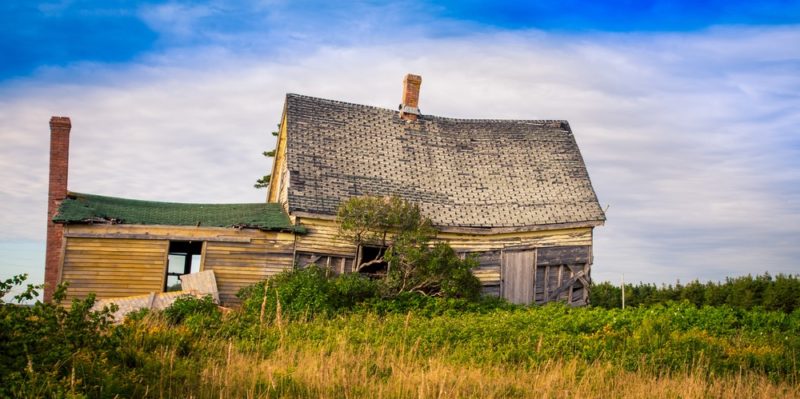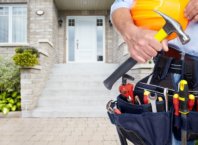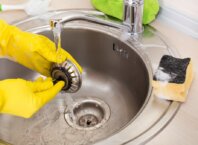
Just because you’re a homeowner doesn’t mean you should be kept in the dark when it comes to a roof inspection. Whether your area has been hit by a storm or your roof has reached its lifespan, being able to tell if you need a roof replacement or repair saves you from more structural problems.
If you want to get some practical advice on what to check if you suspect a roofing problem, this 5-point checklist is for you. At the very least, this will help you in the documentation process of filing a roof insurance claim.
However, do remember that inspections that involve going up your roof must be performed by a roof inspection Fort Worth contractor.
This checklist is simply for your quick reference. Read on.
1. Water leaks

Water leaks are a telltale sign that your roof might be suffering from a big damage. Take note that a smaller leak is more difficult to spot than a big leak.
Unless you discover a puddle as a result of water dripping from the ceiling, you need to be keen. Other signs of an active roof leak include noticeable yellowish water spots on the ceiling and exterior wall and ceiling concaving where the leak has occurred.
2. Granule loss

There’re no hole in your roof. So, what’s the problem? Loss of granules is still something you should be worried about. Remember that substantial force is required to knock off protective mineral granules from your roof shingles.
If you see even seemingly minor dents where the granules came loose, mark the areas with a chalk. Also, check your gutter for mineral granules since this is where the granules usually collect.
Since granules offer protection against the sun’s UV rays and other weather elements, significant loss can accelerate damage and lead to a roof leak.
3. Poor external appearance

Try to step into the street and get a good look at your roof. Does the roof line sag in various areas? If so, this requires immediate repair. Snow that repeatedly collects on top of your roof can puts stress on it, causing it to sag.
Time and weather can also be factors. When the rays of the sun damage your shingles, rain water can seep in. Moisture reaches the rafters which weakens them and cause them to sag.
Also, look out for unsightly black streaks on your roof. These dark marks are a result of roof algae. One reason you should call your roofer right away is that algae causes moisture retention which will eventually affect your home’s interior.
4. Increase in energy bills

A leak in your roof promotes poor energy efficiency. Sometimes, you might not realize that you need a roof inspection unless your energy bills have significantly risen.
A leaky roof can saturate your insulation with water. When this happens, your insulation becomes less efficient in maintaining a stable temperature inside your home.
This leads to an increase in your energy costs. If you don’t get a roof inspection immediately, you might end up having more issues later on.
5. Indoor mold growth

Does your wall or ceiling have noticeable multiple dark spots? Do you smell mold? Part of your residential roof inspection checklist should be the presence of mold.
When mold grows inside your home, this is an indication of trapped moisture in your roof. Moisture leads to mold growth and mold growth accumulates more moisture. It’s a never-ending cycle!
Mold won’t only ruin the appeal of your interior but can also be a reason for health problems like coughing, skin irritation, and other allergies.
Over to You
These are only some of the many things to look for in a home inspection. If you experience any of these problems, do not hesitate to contact your local roofing contractor to schedule a free roof inspection.
Avoid making any delays especially if you know that your roof is more than 20 years old. It’s better to catch any leaks and other signs of damage or else you’ll have to deal with more costly repairs and a major roof overhaul.







